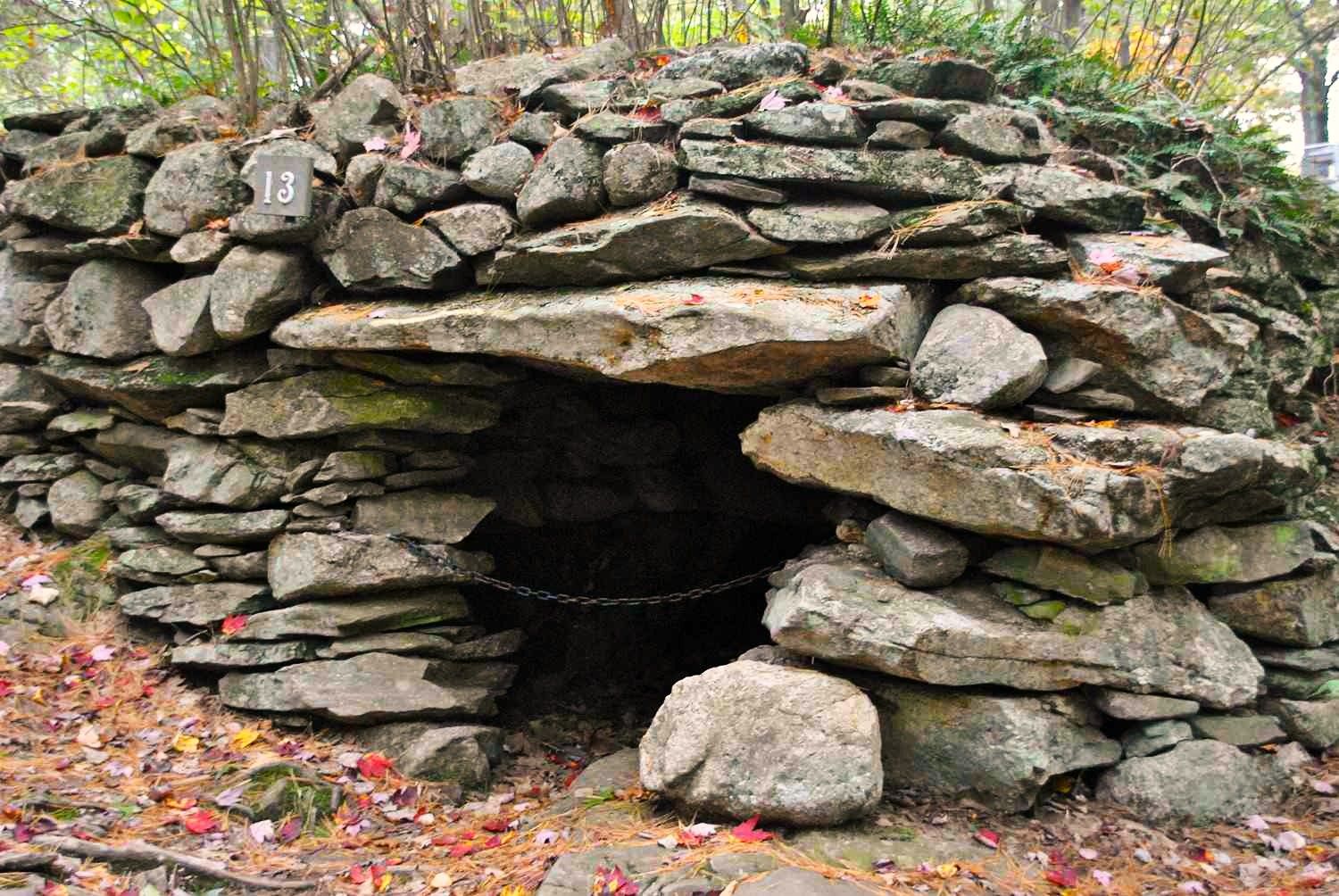Secrets Of New Hampshire’s Mystery Hill Stone Alignments

Have you ever wondered about the ancient stone structures scattered across New Hampshire? Mystery Hill is one of the most intriguing sites in the state. Also known as America's Stonehenge, this archaeological site features a complex maze of stone walls, chambers, and alignments. Some believe it was built by Native Americans, while others think it might have been created by ancient European explorers. The true origins remain a mystery, sparking curiosity and debate among historians and archaeologists. Whether you're a history buff or just love a good mystery, Mystery Hill offers a fascinating glimpse into the past. Ready to explore?
Secrets of New Hampshire's Mystery Hill Stone Alignments
New Hampshire's Mystery Hill, also known as America's Stonehenge, is a site shrouded in mystery and intrigue. This ancient site features a series of stone alignments that have puzzled historians, archaeologists, and visitors for decades. Let's delve into some of the most fascinating aspects of this enigmatic location.
The Enigmatic Stone Structures
The stone structures at Mystery Hill are a marvel to behold. Each one tells a story of ancient civilizations and their understanding of astronomy, seasons, and possibly even rituals. Here are some of the most intriguing stone alignments you can find at Mystery Hill.
The Sacrificial Table
- This massive stone slab, complete with grooves and a channel, is believed to have been used for ceremonial purposes. Some speculate it was used for sacrifices, while others think it might have been an altar for offerings.
The Watch House
- A small stone chamber that might have served as a lookout or a place for meditation. Its purpose remains unclear, but its strategic location suggests it held significance for the site's ancient inhabitants.
The Oracle Chamber
- This underground chamber features a speaking tube that allows sound to travel from one end to the other. It’s thought to have been used for oracular pronouncements or secret communications.
Astronomical Alignments
The stone alignments at Mystery Hill are not just random placements; they have significant astronomical importance. These alignments could have been used to mark important celestial events, such as solstices and equinoxes.
The Winter Solstice Sunrise Stone
- This stone marks the point where the sun rises on the winter solstice. Ancient people might have used it to track the shortest day of the year and prepare for the coming winter.
The Summer Solstice Sunset Stone
- Positioned to mark the sunset on the longest day of the year, this stone could have been crucial for agricultural planning and seasonal celebrations.
The Equinox Sunrise Stone
- This alignment marks the sunrise during the spring and fall equinoxes, times of equal day and night. It might have been used to signify balance and transition.
Theories and Speculations
Mystery Hill has sparked numerous theories about its origins and purpose. Some believe it was built by Native Americans, while others think it might have been the work of ancient European explorers. Here are a few of the most popular theories.
Native American Origin
- Some researchers argue that the stone structures were built by Native American tribes who lived in the area thousands of years ago. They might have used the site for ceremonial and astronomical purposes.
European Settlers
- Another theory suggests that early European settlers, possibly even the Norse, constructed the site. They might have used it as a religious or astronomical center.
Ancient Astronomers
- Some believe that the site was built by ancient astronomers who had a deep understanding of celestial events. They might have used the stone alignments to track the movements of the sun, moon, and stars.
Modern-Day Significance
Today, Mystery Hill continues to captivate visitors and researchers alike. It serves as a reminder of the ingenuity and curiosity of ancient civilizations. Here are a few reasons why it remains significant.
Educational Value
- Mystery Hill offers a unique opportunity for educational programs and research. Schools and universities often visit the site to study its history, archaeology, and astronomy.
Tourist Attraction
- The site attracts thousands of tourists each year, eager to explore its mysteries and learn about its history. Guided tours and interactive exhibits help visitors understand the significance of the stone alignments.
Cultural Heritage
- Mystery Hill is a valuable part of New Hampshire's cultural heritage. It connects modern-day people with the ancient past, fostering a sense of continuity and wonder.
New Hampshire's Mystery Hill remains one of the most intriguing archaeological sites in the United States. Its stone alignments continue to spark curiosity and debate, inviting everyone to ponder the mysteries of the past.
The Enigma of Mystery Hill
Mystery Hill in New Hampshire remains a captivating site. The stone alignments and structures spark curiosity and debate. Some believe these stones were placed by ancient civilizations, while others think they are the work of early settlers. Regardless of their origin, the site offers a unique glimpse into the past.
Visiting Mystery Hill provides a chance to explore history firsthand. Walking among the stones, you can feel the weight of centuries. Theories about their purpose range from astronomical observatories to ceremonial sites. Each visit can lead to new questions and discoveries.
Whether you are a history buff, a curious traveler, or someone seeking a unique adventure, Mystery Hill is worth the trip. Its secrets may never be fully uncovered, but the journey to understand them is part of the allure.

